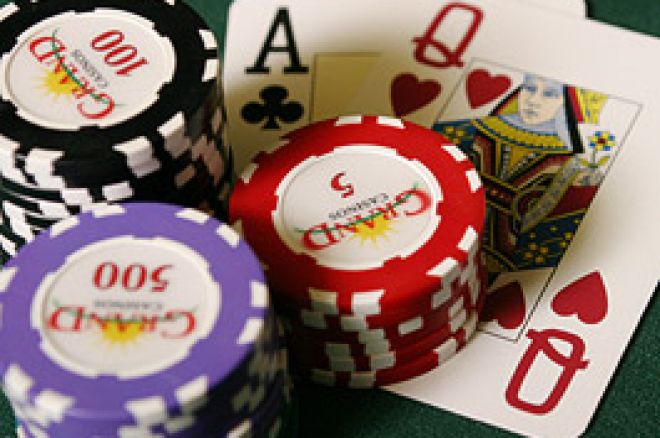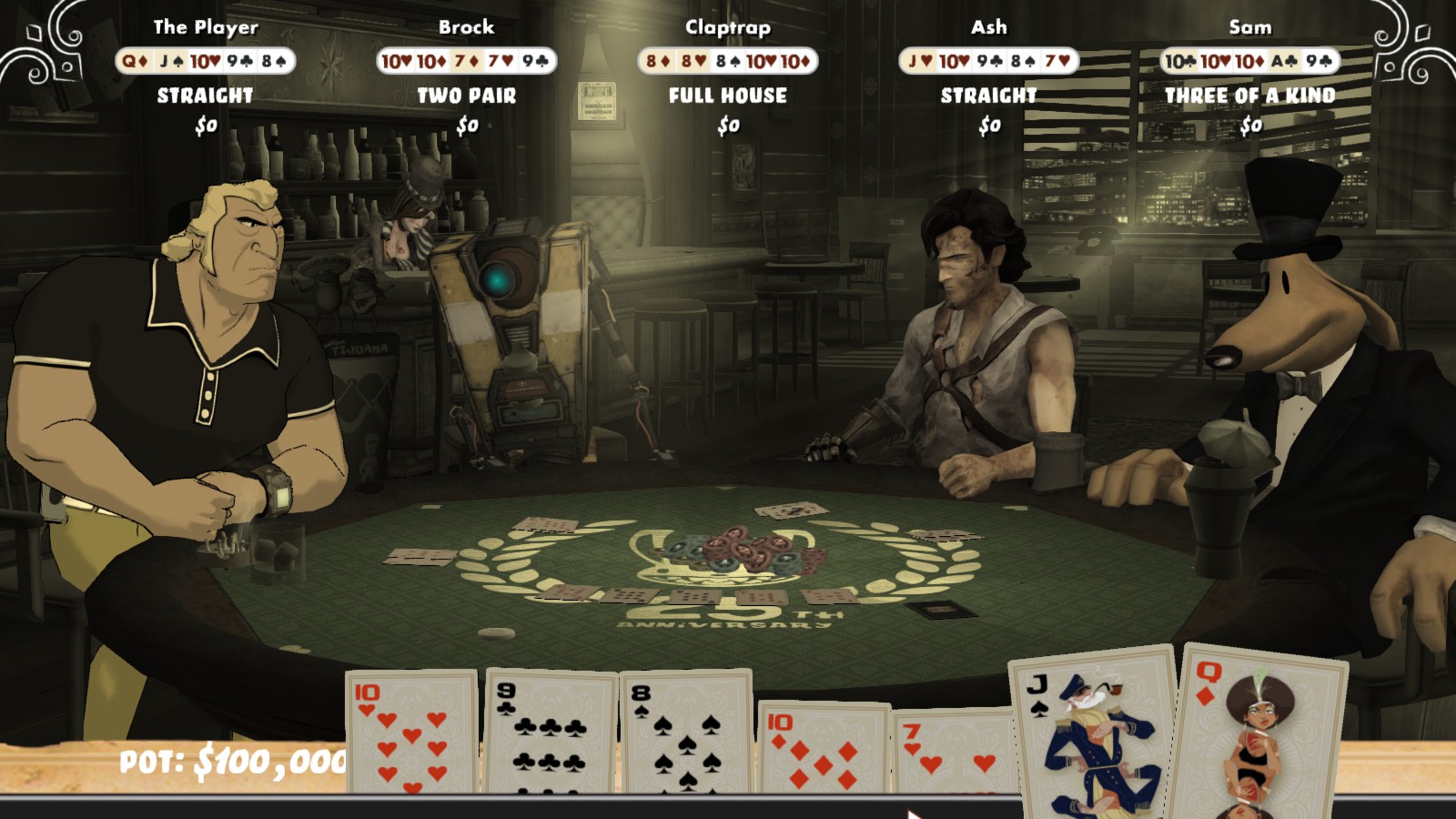J10 Poker
Galaxy J10 runs Android OS,7.5 Nougat and features 5.7 inches IPS LCD 1080 x 1920 pixels display and an Octa-core 6 GB RAM Qualcomm Snapdragon 800 processor with 64GB / 128GB native storage capacity. The J10 boasts of a 20MP main snapper at its rear and a 12MP front-facing selfie shooter, Galaxy J10 price in India (Mumbai, Delhi, Kolkata, and Hyderabad) starts from Rs. Texas Hold’em is a popular poker game played between two or more people. Two cards are dealt face down to each player, with up to five ‘community cards’ dealt face up in the middle of each hand.
Playing pocket Jack Ten Off suit and Jack Ten Suited in Texas Hold'em Poker.
JT and JTs are fringe hands in that they are just good enough to play in some situations, but very dangerous to play in others. Most of the value with these hands comes from hitting a straight, which you will often have to draw to on the turn and river, so you need a game where many players see the flop so the pot odds are correct to see the turn and river.
Neither of these hands play well heads up, and against the best players, you will have to pay too much to see the turn and river so it is best to fold before the flop. These hands can be very costly in no limit Texas holdem, so I usually avoid them, especially in early and middle position.
One situation that it is possible to do well with these hands is when you pair one of your cards in combination with a straight or flush draw. For example, if the flop is 8 9 J, you have a pair and a redraw to a straight. I like to play these hands very aggressively until an opponent convinces me that he/she has a better hand. The only hand that I am scared of in this situation is QT. What I hope for is someone with KJ or AJ who will pay me off when I complete my straight or hit two pair.

J10 Poker For Sale
- Casino Action
100% Up To €/$150
Rating
3.9/54.3/53.3/54.2/53.9/5
- Superior Casino
250% Up To $/AU$/€2500
Rating
4.2/54.1/54.2/54.2/5
- King Billy Casino
100% Up To €/$200 + 200 Casino Spins
Rating
4.1/54.3/53.9/54.1/5
Early Position
In a limit Texas holdem game that has many players to the flop without much pre flop raising, I will limp with JTs around 50% of the time. In all other situations I fold both the JT and JTs from early position.
Middle Position
I like to play the JTs from middle position in the lower limit games, but once I move to higher limits and/or no limit, I tend to fold these hands from middle position. I do not want to play either of these hands from out of position against a good player.
Late Position
When the pot has not been raised, I play both the JT and JTs most of the time in low limit games and in the lower no limit games. I still avoid these hands in the bigger no limit games, because it is often too expensive to see the turn and river and in the higher limit games most hands are contested with only two or three players, so it is rarely worth entering the pot.
Blind Play
In limit play, I will usually see the flop for a single raise with both JT and JTs, but only if it looks like many opponents are coming with me. Remember that these hands do not play well heads up and you will be out of position the rest of the hand. In no limit play, I fold to a raise most of the time.

This strategy column, and many like it, are featured in every issue of Card Player magazine. Subscribe today to get 26 issues delivered to your home each year!
After the evening sessions of bridge at the Palmetto Florida Regional Tournament (near Sarasota), dozens of bridge players visited the Hard Rock Casino near Tampa. I discovered one of the liveliest games on our planet there — $5-$10 no-limit hold’em with a mandatory $20 straddle.

J10 Poker Game
My money-management strategy (everyone should have one) for that wild game was to have enough cash for four $500 buy-ins. My first buy-in alarmingly disappeared after about 20 minutes of play, when my pocket kings went down in flames. With about $400 in chips in front of me, I picked up the J 10 in the big blind. A rather active player on my left made it $50 to go.
I have heard that in the early days of hold’em, many experts considered J-10 suited one of the best hold’em starting hands. I have always thought of suited connectors as “suck hands” in no-limit, but they should be played occasionally. So, I called in four-way action. A nice flop hit the table Q 9 3. So, I had nine flush cards and six straight cards. I checked to the preflop raiser on my left to see what he would do. He shoveled $125 into the pot. The other players folded around to me. He had close to $1,000 in front of him, and I knew from his past performances that if I called now, he would probably bet more than my remaining $200-plus in chips on the next round. And, I would want to call.
So, I dramatically said, “All in,” and pushed in my stack — his $125 plus about $230 more. He gave me a dirty look and then tossed his hand away. Although I was quite happy that he folded, with 15 outs and two cards to come, I was actually a slight favorite (about 55 percent) to hit a straight or flush. And I also might have won with a lesser hand.
J10 Poker Strategy
About an hour later, with about $1,200 in chips in front of me, I picked up the J 10 in the small blind. There were four limpers around to me, and I called the additional $15. The big blind also called, but the forced straddler, who had been playing almost every hand, raised $107, going all in. Surprisingly, the four limpers all folded around to me. And to my left, I could see that the big blind was holding his two cards as if he was about to toss them.
With about $250 in the pot, if the raiser did not have a high pocket pair, I liked my odds. So, I made the speculative call. We both showed our cards; he had pocket eights. A 10 appeared on the flop, and I managed to win.
According to Mike Caro’s Poker Probe, it was roughly a coin toss. My J-10 suited would win about 49.8 percent of the time against pocket eights, but would be a slight favorite against all lower pocket pairs. If he had two overcards — for example, A-Q — I would win only about 40 percent of the time. But note that even a 40 percent win rate would make my $107 a good investment. If I put up the $107 10 times, and won four times (4 x $247) and lost six times (6 x $107), my average win would be about $34.

Even in the worst-case scenario — for example, against pocket kings, where J-10 suited would win only about 20 percent of the time — my average loss would be about $36. So, since I was not playing against an opponent who would raise preflop only with a high pocket pair, I had made a good investment.
We all know that you don’t have to be a math major to win at poker, but in no-limit hold’em, there oftentimes are situations in which it really helps to have some knowledge of the actual odds.

Formerly a career lawyer with the U.S. Department of Justice, Mike Cappelletti has written numerous books on poker and bridge, and is considered to be one of the leading authorities on Omaha. Mike has also represented the U.S. in international bridge competition, and he and his wife were featured in a four-page Couples Section in People magazine. His books include Cappelletti on Omaha, Poker at the Millennium (with Mike Caro), and Omaha High Low Poker.